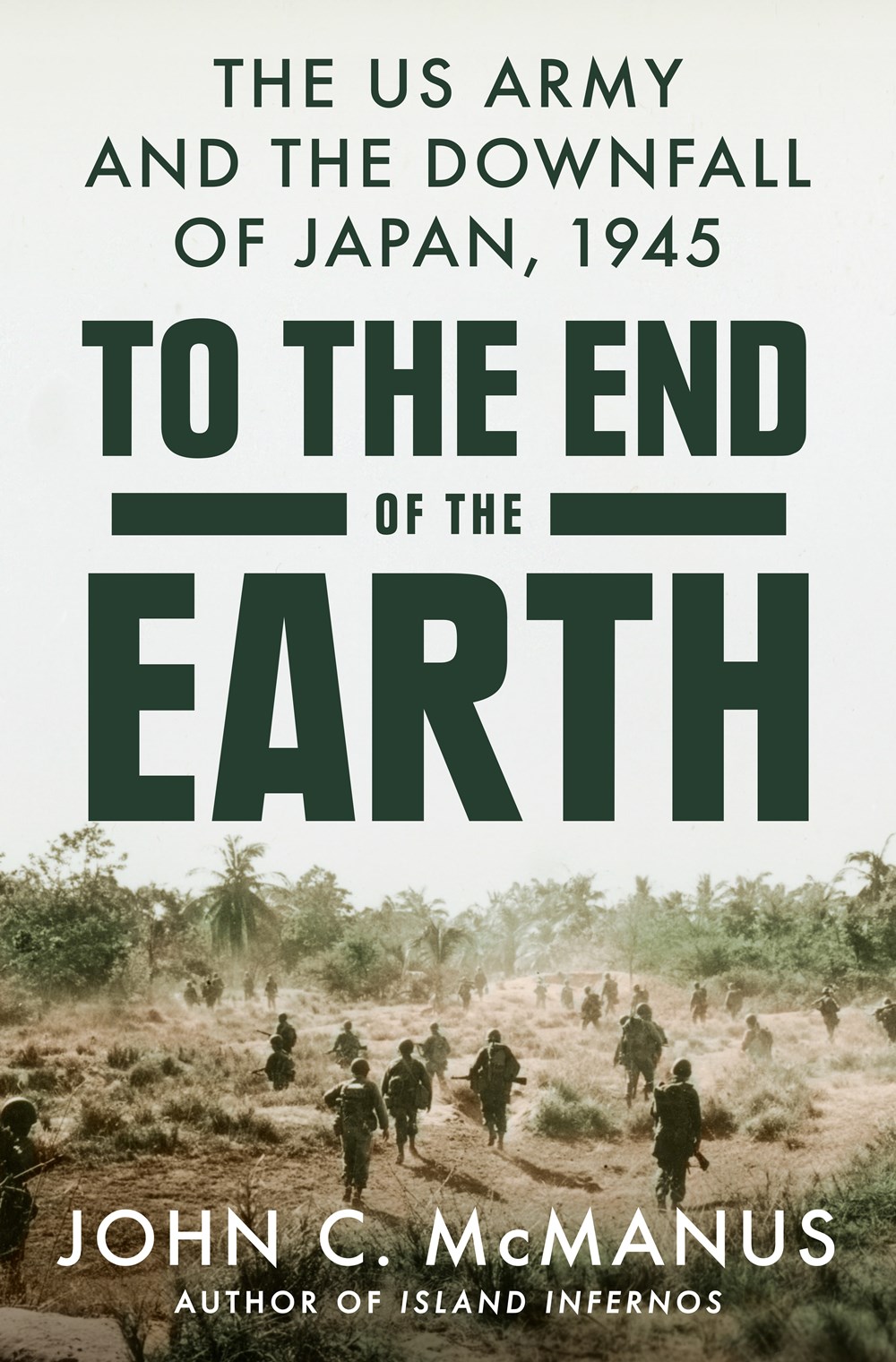2018 School Spending Survey Report
To the End of the Earth: The US Army and the Downfall of Japan, 1945
Dutton Caliber.
(World War II in the Pacific, Bk. 2).
May 2023.
448p.
ISBN 9780593186886. $35.
MILITARY HISTORY
COPY ISBN
 By 1945, the U.S. Army had retaken large swaths of territory formally occupied by the Japanese. In the third and final installment (after Island Infernos) of his “World War II in the Pacific” series, historian McManus (Missouri Univ. of Science and Technology) brings into sharp relief these final, bloody battles against the Japanese. While American victory seemed certain, the Japanese vowed to make it as bloody and time-consuming as possible. The Japanese offered little resistance to U.S. amphibious landings, and then they attacked from fortified caves, tunnels, and gun emplacements. That resulted in a high toll to clear out the tenacious defenders, while Kamikaze planes attempted to strike the fleets at sea. These tactics led to horrific and costly fights to liberate Manila, Corregidor, and Luzon. Japan’s defense of Okinawa, long considered Japanese home territory, saw some of the most intense and horrific scenes of the Pacific. McManus masterfully integrates a wide array of primary sources and weaves together accounts from generals to those fighting in the mud.
By 1945, the U.S. Army had retaken large swaths of territory formally occupied by the Japanese. In the third and final installment (after Island Infernos) of his “World War II in the Pacific” series, historian McManus (Missouri Univ. of Science and Technology) brings into sharp relief these final, bloody battles against the Japanese. While American victory seemed certain, the Japanese vowed to make it as bloody and time-consuming as possible. The Japanese offered little resistance to U.S. amphibious landings, and then they attacked from fortified caves, tunnels, and gun emplacements. That resulted in a high toll to clear out the tenacious defenders, while Kamikaze planes attempted to strike the fleets at sea. These tactics led to horrific and costly fights to liberate Manila, Corregidor, and Luzon. Japan’s defense of Okinawa, long considered Japanese home territory, saw some of the most intense and horrific scenes of the Pacific. McManus masterfully integrates a wide array of primary sources and weaves together accounts from generals to those fighting in the mud.
VERDICT Readers interested in World War II and other aspects of U.S. military history will find much to enjoy.
RELATED
ALREADY A SUBSCRIBER? LOG IN
We are currently offering this content for free. Sign up now to activate your personal profile, where you can save articles for future viewing




Comment Policy:
Comment should not be empty !!!